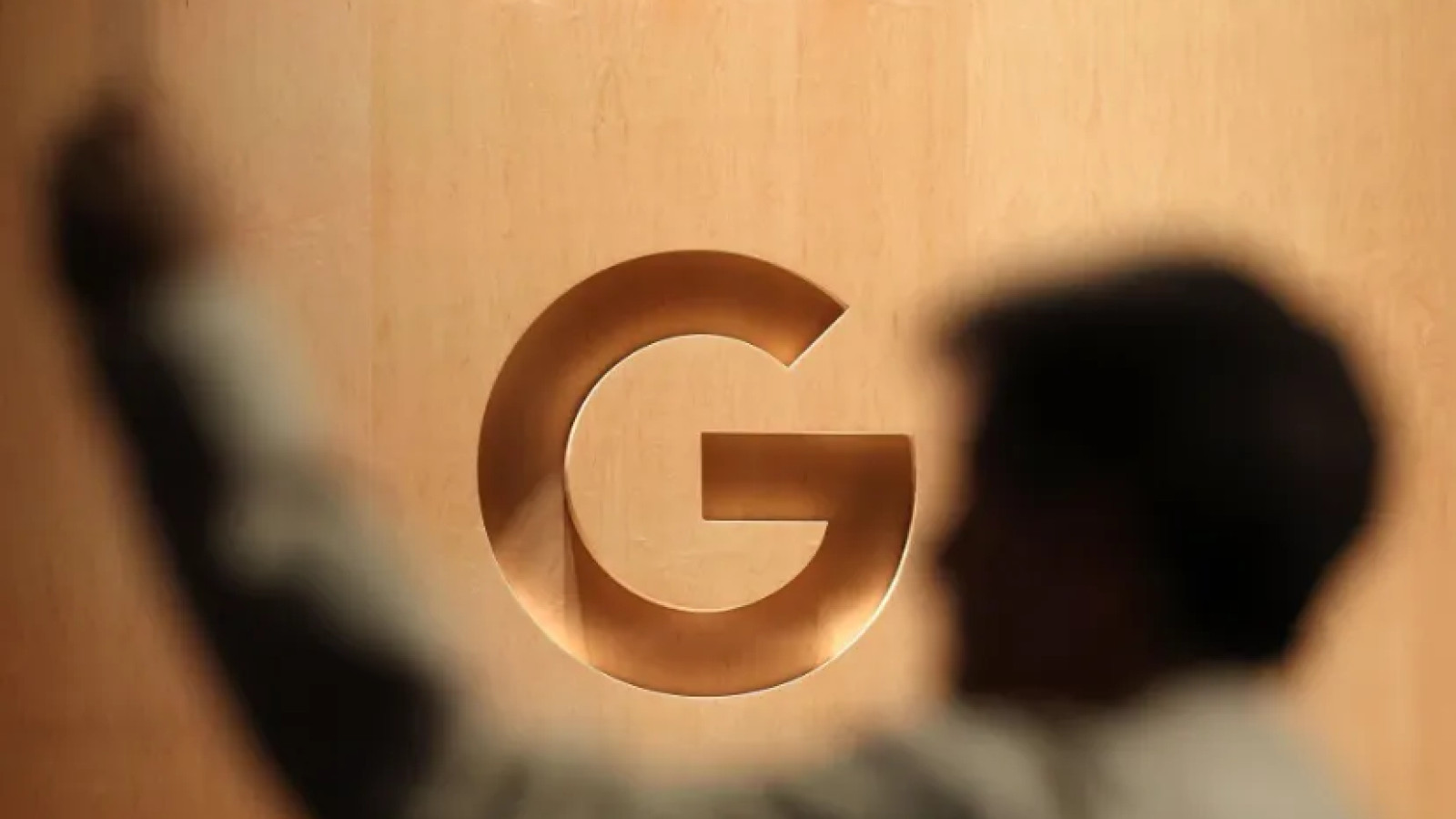3 Minutes
Google Launches Legal Action Against Widespread Android Malware
In a bold move to protect Android users worldwide, Google has filed a lawsuit in New York targeting the operators behind BadBox 2.0—a sprawling malware network that has quietly compromised over ten million devices, including smart TVs, budget tablets, and Android-powered streaming devices.
How BadBox 2.0 Infects Android Devices
Unlike premium Android TVs and certified tablets with robust security features, BadBox 2.0 primarily infiltrates off-brand devices—think low-cost streaming boxes, digital projectors, and tablets powered by the Android Open Source Project. These budget gadgets typically lack Google's integrated security solutions, making them vulnerable to cyberattacks. Shockingly, many were sold with malware already installed, leaving buyers exposed the moment they powered up.
Malware Capabilities and Use Cases
Once connected to the internet, infected devices are silently recruited into an extensive botnet. This malicious network is exploited by cybercriminals for a range of illegal activities—from large-scale advertising fraud, where fake ad clicks siphon funds from advertisers, to the creation of 'residential proxy' services. These proxies allow bad actors to reroute their online traffic through the victim’s home network, effectively masking their true identities and hiding criminal activities under innocent users' IP addresses.
Joint Investigation and Security Innovations
BadBox 2.0 was brought into the spotlight thanks to collaboration between Google, HUMAN Security, and cybersecurity giant Trend Micro. Google’s Ad Traffic Quality team detected the botnet’s traffic patterns early on, deploying countermeasures that blocked fraudulent activity and terminated thousands of shady accounts. Google's enhanced Play Protect now also scans for BadBox-like behavior—even in apps sideloaded from outside the Google Play Store—giving users a crucial additional layer of security.
Market Impact and Consumer Warnings
The FBI has stepped into the fray, issuing a public advisory urging consumers to scrutinize their connected gadgets, especially those from little-known brands or products that require Play Protect to be deactivated during setup. According to authorities, most compromised devices originated from Chinese manufacturers, with malware pre-installed or delivered via unofficial app stores shortly after setup.
Why This Matters for the Wider Android Ecosystem
Google’s lawsuit marks a significant escalation in the fight against major Android malware schemes, aiming not just to disrupt current operations but identify and prosecute those responsible. While Google’s preemptive security measures have helped curb the overall impact, the incident highlights an ongoing challenge: the hidden dangers of low-cost tech. For consumers and enterprises alike, it serves as a stark reminder to choose Android devices from reputable manufacturers and stay vigilant against potential cybersecurity threats.
As the digital landscape evolves, staying up to date with Android security best practices and relying on trusted platforms like Google Play Store remains essential for safeguarding personal data and digital assets.
Source: androidauthority



Comments